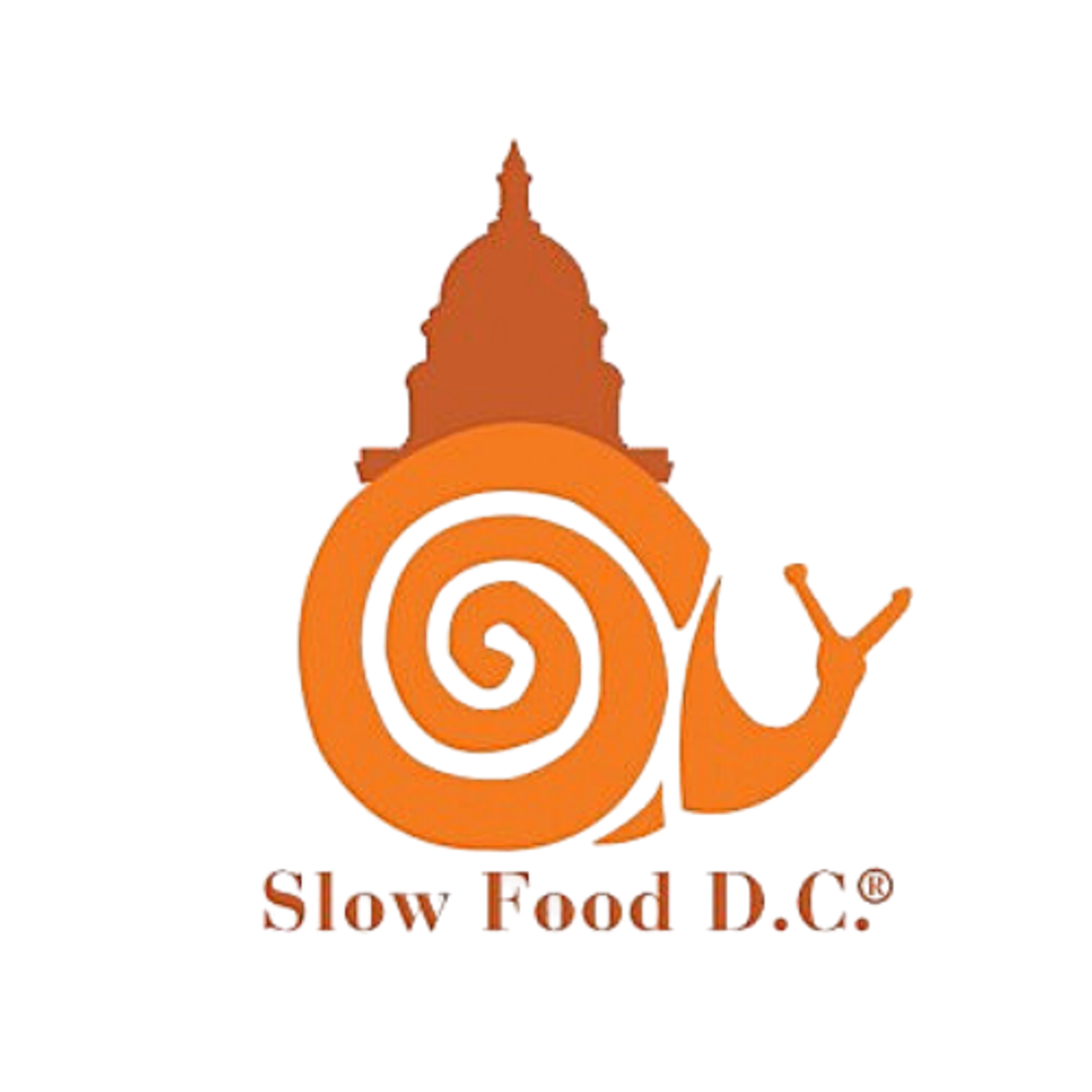Sustainable Eats: Applying Slow Food Values to Seafood
How well do you know your seafood?
90% of the seafood Americans eat is imported.
We eat 16.5 lbs. of fish and shellfish per person, per year (compared to 89 lbs. of chicken, 54 lbs. of beef, and 50 lbs. of pork).
Seafood imports have quadrupled in the last 40 years, primarily from Asia and South America.
Most fish travels an average of 5,000 miles before reaching our plate.
The majority (55%) of the seafood we consume is from just three species: shrimp, salmon, and tuna.
Meanwhile, over 100 species are commercially harvested in North America.
The good food movement has made significant progress over the last 25 years raising awareness about sustainability issues around land-based food, such as fruits, vegetables, poultry, hogs, and cattle. Thanks in part to organizations like Slow Food USA and local chapters like Slow Food DC, modern consumers are more conscious about where their produce and meat come from and how it is produced. We visit farmers markets, eat at farm-to-table restaurants, and take pride in buying local and regionally produced food whenever we can. Unfortunately, we have a long way to go -- as individual consumers and the movement as a whole -- to raise awareness and achieve similar progress on the local, regional, and sustainable seafood front. In fact, things have been going in the wrong direction in terms of seafood sourcing at many retailers and restaurants. As a result, U.S. fishing communities struggle to earn a livelihood while facing steep competition from cheaper foreign imports, which are often subject to fewer environment and labor standards. The United States has some of the best-managed fisheries in the world, thanks to comprehensive legislation like the Magnuson-Stevens Act (the fishing equivalent of the Farm Bill for agriculture), yet the majority of the fish and shellfish Americans eat is imported. To make matters worse, the effects of climate change are already negatively impacting U.S. seafood harvesting.In April 2018, I attended the Slow Fish gathering in San Francisco to learn how we can apply Slow Food’s core values to the realm of fish and seafood. I spent the weekend listening to a range of small scale fisherpeople* from Alaska, Washington, Oregon, California, Maine, New Hampshire, Massachusetts, and Louisiana. While their boats, gear, and the species they catch vary greatly, all of these speakers share a commitment to the core values of Good, Clean, and Fair food.
Good: meaning fresh, delicious and seasonal fish that connects to culture and local identity.
Clean: meaning fish that is harvested and processed using methods that respect the environment and human health.
Fair: meaning fish sold at prices that are accessible to the consumer, and backed by fair wages that provide decent working and living conditions for harvesters and workers.
Last month, Slow Food DC marked two milestones that demonstrate our chapter’s commitment to incorporating Slow Fish values into our events and activities. On Monday, February 25, we hosted our Snail of Approval Awards Party and were joined by many friends and supporters in recognizing 14 area businesses that fulfill these principles of Good, Clean, Fair food. Among them, four businesses — Cold Country Salmon, Caboose Brewing Company, Centrolina, and The Salt Line — were specifically recognized for excellence in their seafood sourcing. And on Saturday, February 23, I had the honor of representing Slow Food DC at the annual Rooting DC urban agriculture and food systems forum, delivering a one-hour workshop on Sustainable Seafood: Becoming a More Informed, Ethical Consumer. I’m delighted to report the session was well-attended by an enthusiastic audience, eager to learn more and apply their values to make ethical seafood choices.Stay tuned for a follow-on article next month outlining the "9 Practical Tips for Sustainable Seafood Choices" covered in my workshop, as well as a list of recommended retailers and restaurants in the DC/MD/VA area.*According to the World Bank, women represent nearly half of the global fisheries workforce. Additionally, the contribution of women in both fishing and processing is an important and underrepresented aspect of the U.S. seafood industry.
By Lauren Parnell, SFDC Board Member and Slow Fish Liaison


